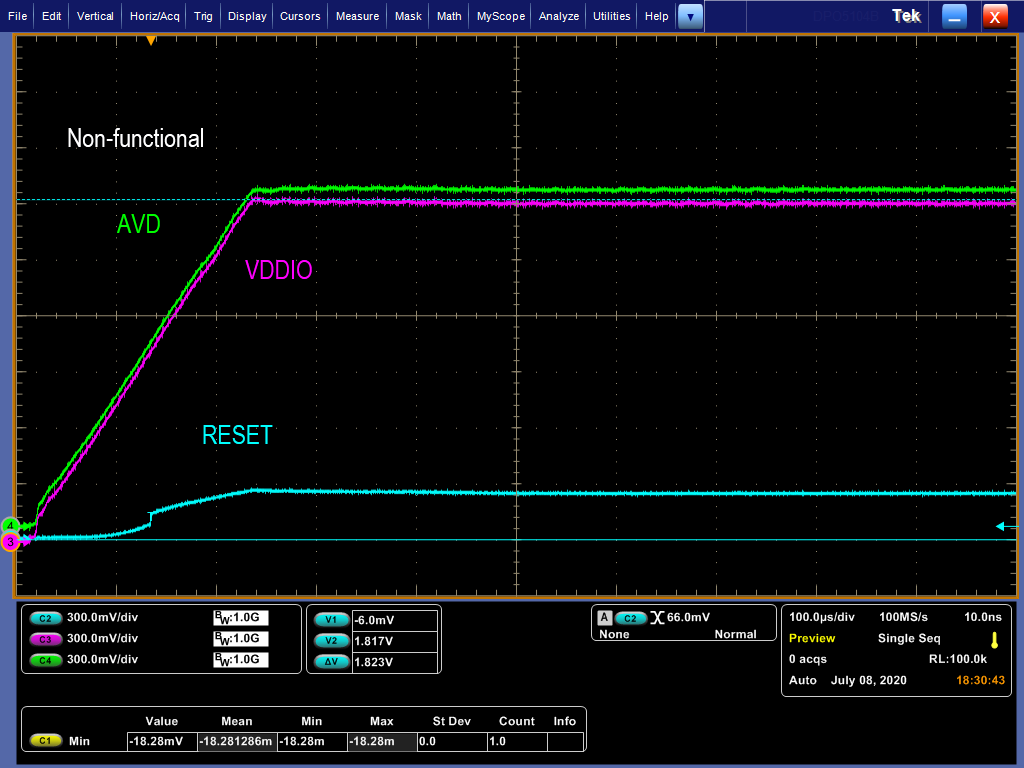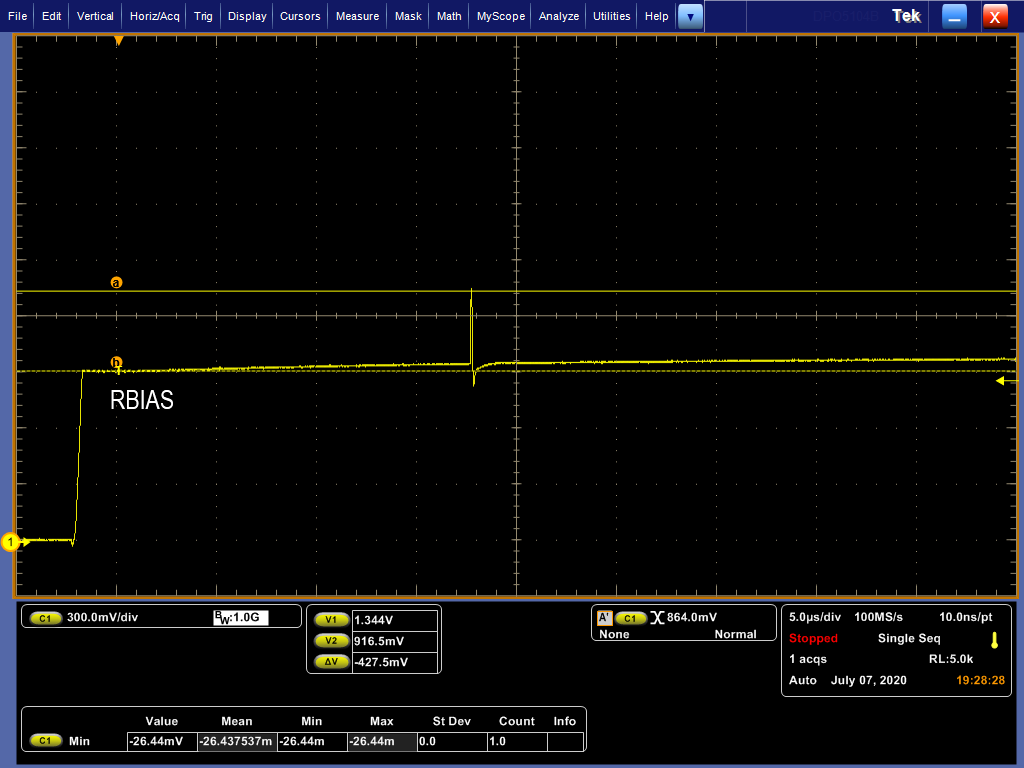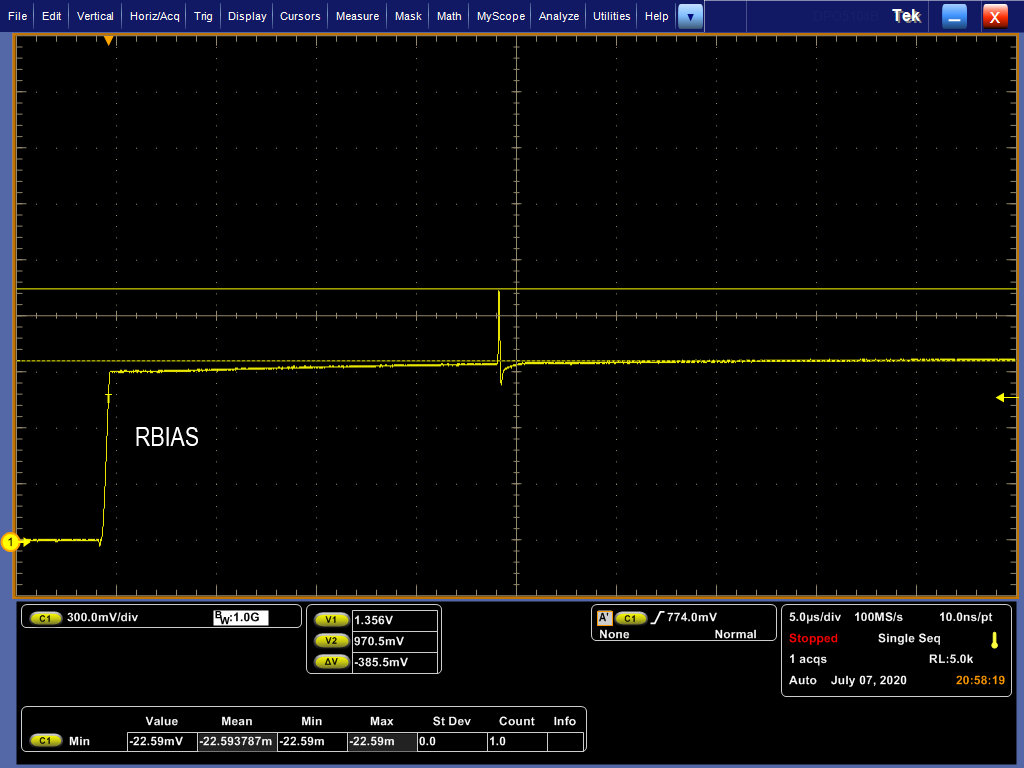Hello,
I am using the DP83822H as a PHY transceiver in my circuit, and I've come across some interesting behavior. Whenever the device is slightly warm (around 40 C), the PHY will lose its link. I can consistently recreate this behavior: with an ethernet cable plugged in, blowing some warm air over my PCB causes the link to be lost, and the link is restored whenever the warm air is replaced with cool air. The link is also lost after the board is left on for a while and gets warm, but can be restored by cooling it down. I have seen this behavior on multiple boards, which leads to believe it's a design issue, not a manufacturing issue. Also, I've come across at least two other posts describing similar behavior:
- https://e2e.ti.com/support/interface/f/138/p/815113/3058826
- https://e2e.ti.com/support/interface/f/138/p/679717/2504377
After enabling the "robust" auto-mdix feature and pulling pin 24 low, I am still seeing this issue. Can anyone explain what might be causing this issue? Any other ideas on how to fix this? I'm happy to provide any registers or diagnostic output that might be useful.
Thanks





